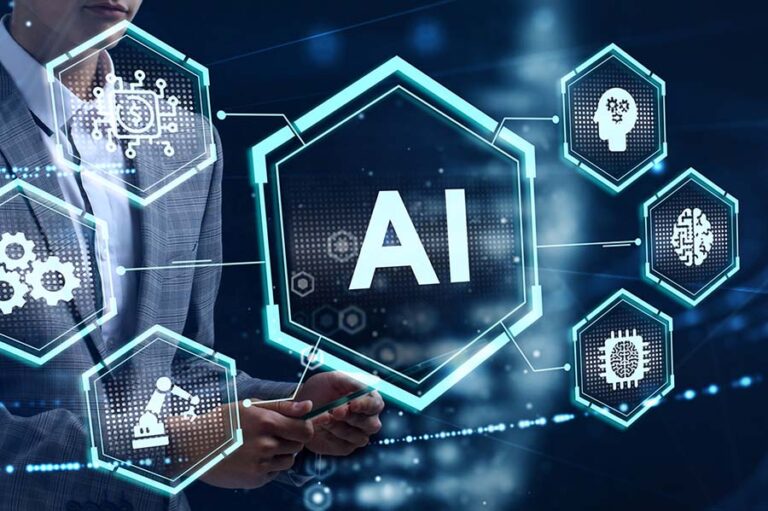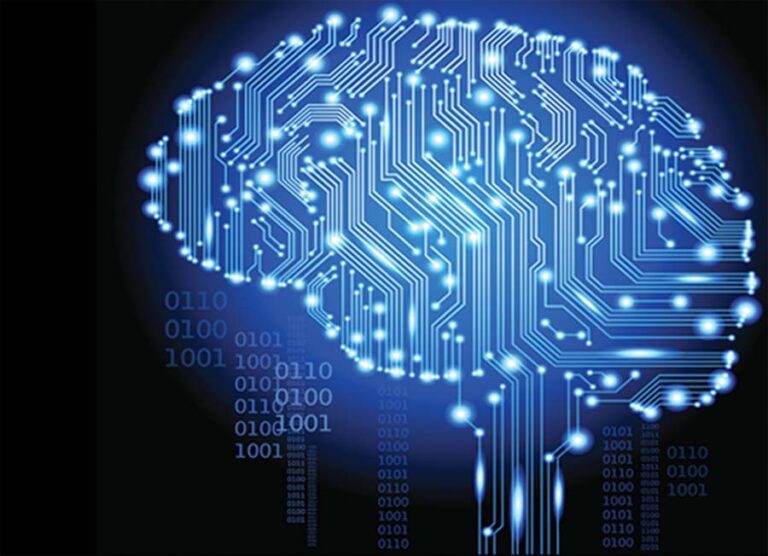Artificial Intelligence
Our OneSource Platform is AI Ready. Our design architecture is designed to collect, normalize, synchronize and store the data necessary for the future development and deployment of bedside AI customized for a patient’s unique needs.

What is Big Data and Analytics?
Big Data is exactly what it sounds like: it’s a lot of data. The Internet of Things allows us to generate more data than ever before, and the amazing numbers are still rising. The Internet of Everything, which consists of all people and things connected to the Internet, will generate 507.5 zettabytes of data by 2019, according to Cisco. To be precise, one zettabyte is a trillion gigabyte.
Many experts in the field, OneSource Solutions International in the first place, believe that Edge computing will be instrumental in the analysis of all these data, as it offers several advantages that a cloud computing model simply does not have. These include faster data analysis, reduced costs, especially related to (non) data transmission, data storage and management, as well as advanced network and application reliability.
What is Artificial Intelligence?
Simplistically, we could define artificial intelligence as the ability of a technological system to solve problems or perform tasks and activities typical of human mind and skill. Looking at the IT sector, we could identify AI – Artificial Intelligence as the discipline that deals with creating machines (hardware and software) able to “act” autonomously (solve problems, perform actions, etc.).What characterizes Artificial Intelligence from a technological and methodological point of view is the learning method / model with which intelligence becomes skilled in a task or action. These learning models are what distinguish Machine Learning and Deep Learning.

How Artificial Intelligence works
The functioning of AI basically consists of four different functional levels:
- Comprehension : through the simulation of cognitive abilities of correlation data and events AI (Artificial Intelligence) is able to recognize texts, images, tables, video, voice and extrapolate information, or thanks to suitable middleware, like that of OSSI, to be this information already structured.
- Reasoning : by means of logic, the systems are able to connect the multiple information collected (through precise mathematical algorithms and in an automated way), or always thanks to the specific middleware, to find the data already correlated;
- Learning : in this case we are talking about systems with specific functions for the analysis of data inputs and for their “correct” output returns (it is the classic example of Machine Learning systems that use AI to learn and to perform various functions);
- Interaction (Human Machine Interaction) : in this case we refer to the way the AI works in relation to its interaction with man. This is where NLP – Natural Language Processing systems are strongly advancing, technologies that allow humans to interact with machines (and vice versa) using natural language.
Again the middleware that facilitates the interaction between the AI and its user, but enriches the data with the metadata for the phase of understanding and reasoning, in fact solves 3 of the 4 parts of any implementation of artificial intelligence, leaving the focus, learning (machine learning) to specialists and experts in the field of implementation.
What is Machine Learning
Machine Learning is the ability of machines (understood as computers) to learn without having been explicitly and previously planned.
Machine Learning allows computers to learn from experience; there is learning when the performance of the program improves after the performance of a task or the completion of an action (even wrong, starting from the assumption that the principle “wrong to learn” is also valid for the man).
AI Engineers look at Machine Learning from an IT perspective, instead of writing the programming code through which, step by step, they “tell” the machine what to do, the computer is supplied only with data sets inserted in a generic algorithm that develops its own logic to carry out the function, the activity, the task requested.

Middleware
What is Middleware?In 2000, an ad hoc middleware workshop at the International Centerfor Advanced Internet Researchorganized and sponsored by Cisco, Northwestern University’sInternational Center for Advanced Internet Research (iCAIR), IBM, and the National Science Foundation (NSF) resulted in a 30 page document trying to define middleware.They were unable to “arrive at a consensual definition of middleware.”
They did not succeeded, because middleware is all that is in the middle between two systems, elements of the system or between an object connected to the other. OSSI offers middleware between medical machines and their users, continuing to evolve as the machines evolve but also the systems that use them.

